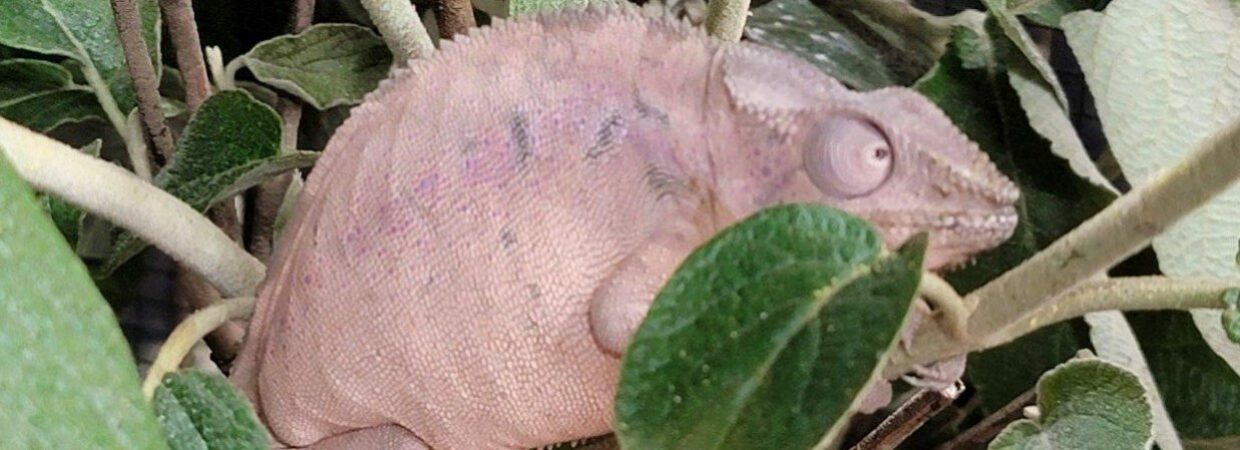
Common Name: Glass lizards, American legless lizards, Knob-scaled lizards, Blind lizards, Geckos, Legless lizards, Agamas, Casquehead lizards, Collared and leopard lizards, Wood lizards or club tails, Iguanas, Madagascan iguanas, Earless, spiny, tree, side-blotched and horned lizards, Anoles, Neotropical ground lizards, Gila monsters, Earless Monitor, Monitors lizards, Spiny tail lizard, Plated lizards, Spectacled lizards, Wall or true lizards, Skinks, Tegus or whiptails and Night lizards.
Scientific Name: Lacertilia

Size: An adult will be fully grown at 12 months of age. Bearded Dragons should measure anywhere from 16 to 24 inches in length and weigh 380 to 510 grams. Most of their size comes from their tail. Adult female geckos reach 7 inches to 8 inches. On the other hand, male geckos grow up to 8 inches to 10 inches. These lizards can keep growing for 18 months from birth until they reach their full size as a full frown leopard gecko at one and a half years. The smallest species of monitor grows to only eight inches in length. However, several species are quite large and can grow to lengths between seven and ten feet. No matter what size they are, monitor lizards tend to have thick, solid bodies, long necks, well-developed legs, and long tails. There are so many species of lizards, and their size ranges drastically so do your Research on the exact species you are getting.

Diet: Many lizards are carnivores, which means they eat meat. A typical diet for a lizard includes ants, spiders, termites, cicadas, small mammals and even other lizards. Caiman lizards eat animals with shells, such as snails. Lizards will eat anything from leafy greens to insects. They are an extremely diverse group of reptiles and have different ranges, lifestyles and ways of hunting. Even a single species, that shares a small range, can have different hunting styles. Yet one thing all lizards share is that they fit into one of four feeding groups. Most pet lizards, like leopard geckos, anoles, and house geckos, are insectivores. This means they only eat small insects and invertebrates. In the wild these lizards hunt flies, crickets, grasshoppers, moths, ants, and other small insects. As pets they usually eat crickets, roaches, or mealworms. Some species, like bearded dragons, blue-tongued skinks and crested geckos, are omnivores. This means they have a diet of both plants and meat. The ratio of plants to meat can range from 10 to 80% depending on the species. Omnivorous lizards eat eggs, small animals, leaves, berries, grasses, and fruits. They need a lot of variation in their diet to stay healthy. Finally, there are herbivorous and carnivorous lizards. Herbivores only eat plants. They are very rare and less than 3% of all lizards are herbivores. The green iguana is one of the only pet lizards that is an herbivore. Carnivorous lizards are not as rare as herbivores but are rare compared to insectivores and omnivores. Carnivores only eat meat such as mice, rats, large insects, rabbits, or fish. The largest lizard in the world, the Komodo dragon, is a carnivore that eats deer and pigs. Regardless of their feeding group, wild lizards typically eat less frequently than pets and spend most of their time in search of food. Pets have all their dietary needs provided for them and eat higher quality food than wild species. Make sure to also include their vitamins and supplements.

Lighting: Why do reptiles need UV light? A wild reptile typically spends many hours a day basking in the sun, absorbing ultraviolet (UV) light; these wavelengths of light are necessary for the body to manufacture the vitamin D3 required for proper calcium absorption from food. Reptiles need both UVB and UVA light to live healthy lifestyles. These are both types of ultraviolet (and UV) light. They also need a basking spot and a cool spot. Each species is different so make sure to Research on what yours requires. Nocturnal species of lizards do not get much exposure to UV light in the wild, so do not have any special requirements for UV light producing bulbs. Snakes and nocturnal lizards therefore simply need enough light to provide a day-night cycle appropriate for the species, and a regular incandescent bulb is fine. While most pet lizards require heat or ultraviolet lights for their cage, these lights must be cycled on and off in a manner that mimics your pet’s native habitat.

Temperature: If room temperature is kept below 70oF, it may be necessary to use an under-tank heater to maintain proper temperatures. Woodland lizards require moderate warmth (75-90oF). Rainforest lizards require a warm and humid environment between 75-90oF and a daytime basking area. Lizards bask in the warm sun and move to cool shade and burrows to maintain body temperature. Since lizards are only active when their body is at its ideal, warm temperature, the sunny, warm climate in the desert provides an environment where they can thrive. Some lizards like Uromastyx and monitors required much more heat and lizards like monkey tail skinks require mush less. So do plenty of Research so that your lizard has the perfect temperatures.
Humidity: Woodland lizards require moderate humidity (60-80%). Spraying the enclosure. The most common method of increasing humidity in the enclosure is to spray the enclosure, including a water bowl on the warm end, moving water sources e.g., large pools or waterfalls, Foggers and humidifiers, these are ways to keep humidity levels up but remember not all lizards require a lot of humidity.

Enclosure: For Lizards: The tank should be about 3 times longer than the animal’s snout-to-tail length and at least 1.5 times as wide. The tank height should be about 1.5 times taller than the lizard’s snout-to-tail length.
Level of Care: They often take a lot of care, so don’t get one if you’re expecting an easy pet. They are not easy pets by any means due to their specialized needs.
Cost of Care: The cost of taking care of a lizard averages around $75 per month. This includes $40 per month for feeding, $30 per month for electricity and $5 per month for substrate replacement.
Does a Bite Hurt: Biting is a common defense done by most species of lizards, but the pain of the bite will vary by species. Most lizard bites are mostly harmless and don’t require medical treatment. Larger species have a much more painful bite, and some are even venomous. Common symptoms include pain, swelling, and discoloration in the area around the bite as well as swollen lymph nodes. Weakness, sweating, thirst, headache, and ringing in the ears (tinnitus) may develop. In severe cases, blood pressure may fall.
Misting: Misting should be done twice a day depending on species. Some like water dishes but some require misting because they are surface drinkers, which means they will drink the water off the glass or plants. Chameleons are an example of a surface drinker. Do your research to know if they can drink out of a dish or are a surface drinker. Hydration is important no matter what species you have they all get thirsty just like us.

How to Tell if Your Lizard is Happy: If you have the proper setup, proper supplements, proper food and lighting, your lizard will be happy.
Breeding: To mate, your male will quickly climb on the back of your female and bite her neck; biting her neck keeps her from running off before the mating process is complete. Your male will then press his cloacal region against that of your female. The entire mating process only take a few minutes.
Veterinary Check Up: You should also set aside money each month for eventual vet visits which can run a few hundred dollars. Yearly exams are needed to check for parasites and general health. A parasite check is also needed prior to brumation. And always check with a vet if you suspect any health issues.
Please Do Your Research on the Species of Lizard you are Interested in Before Purchase

